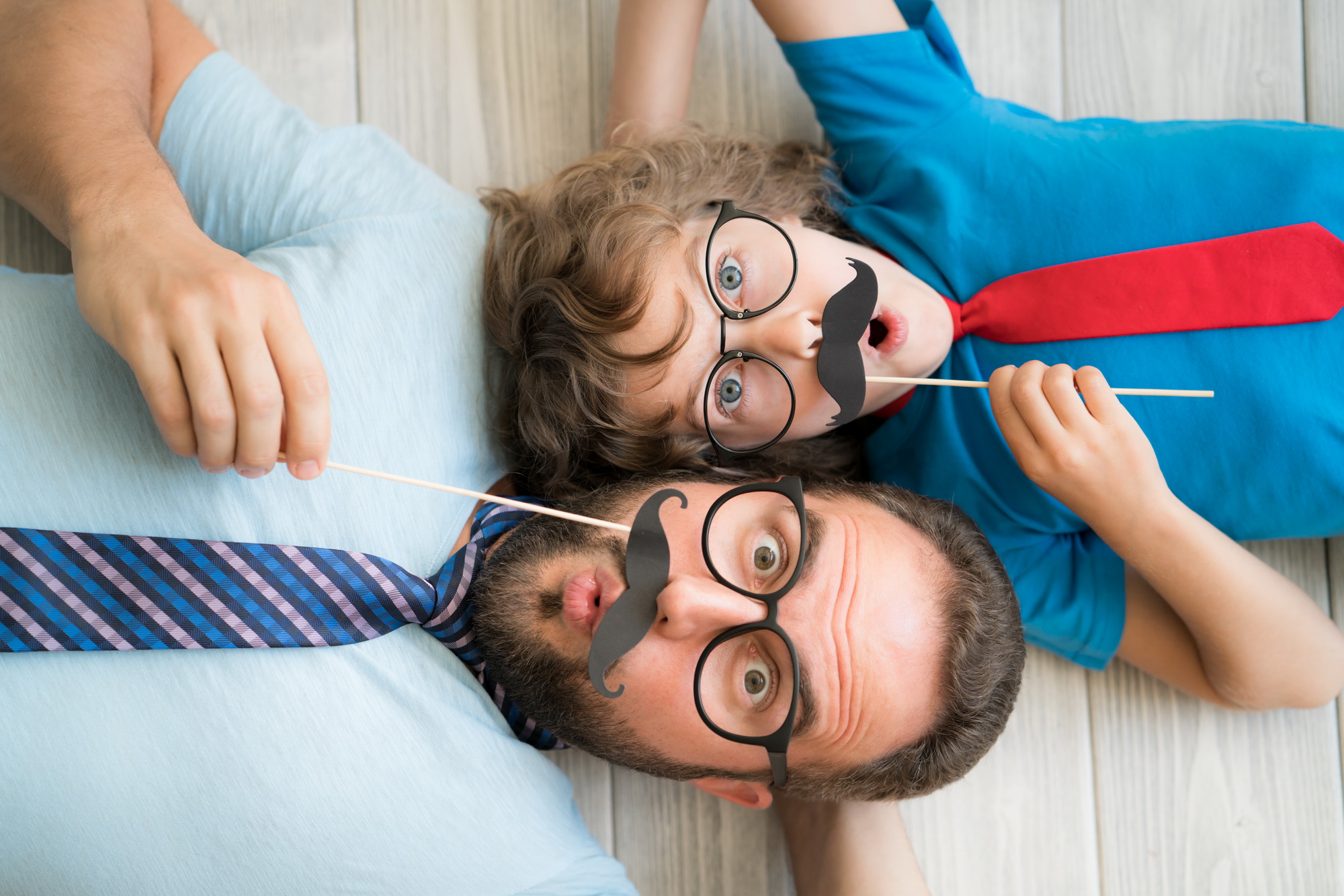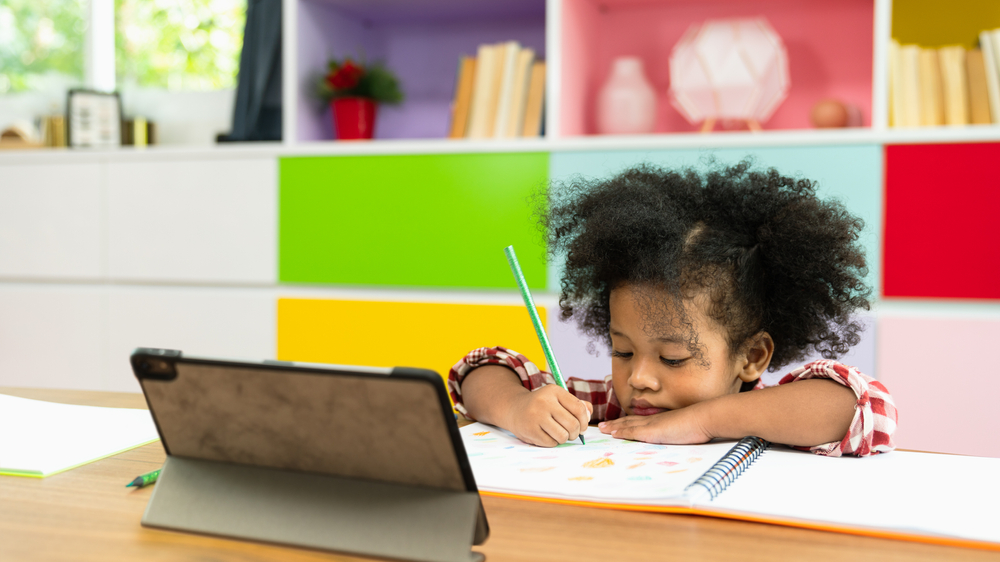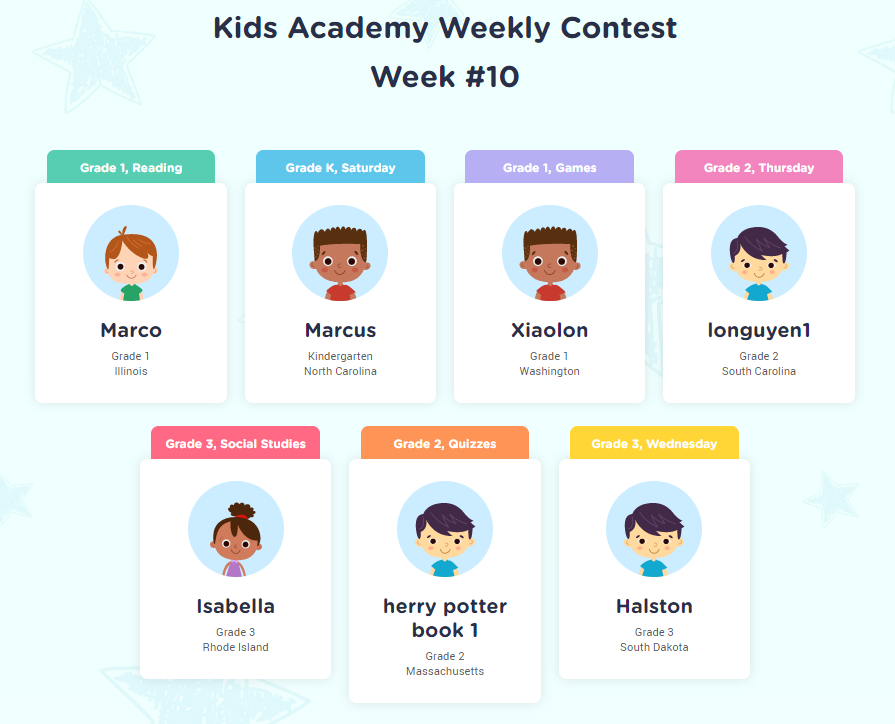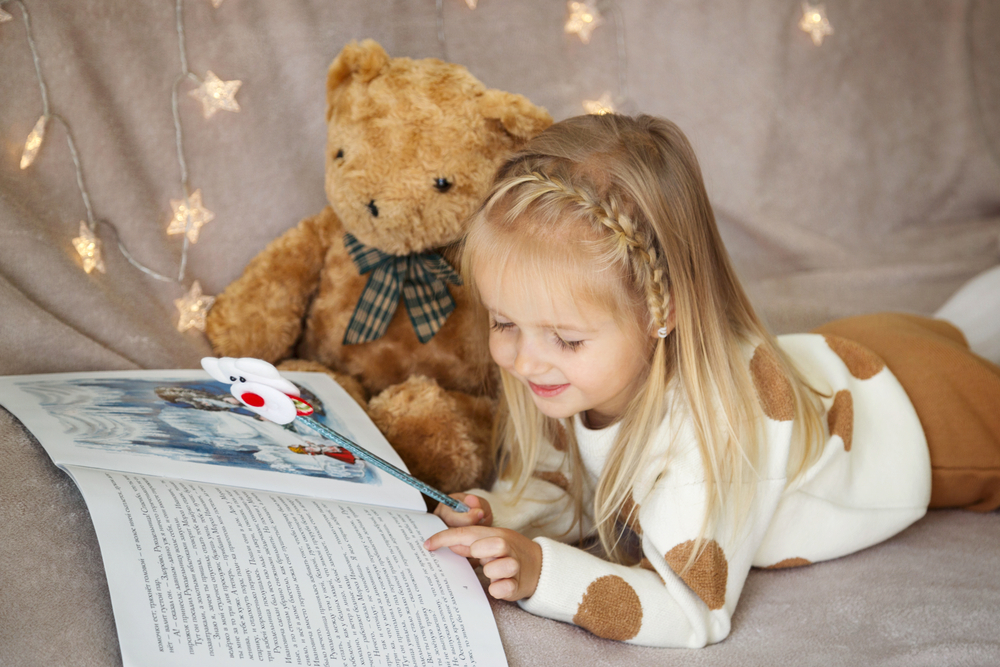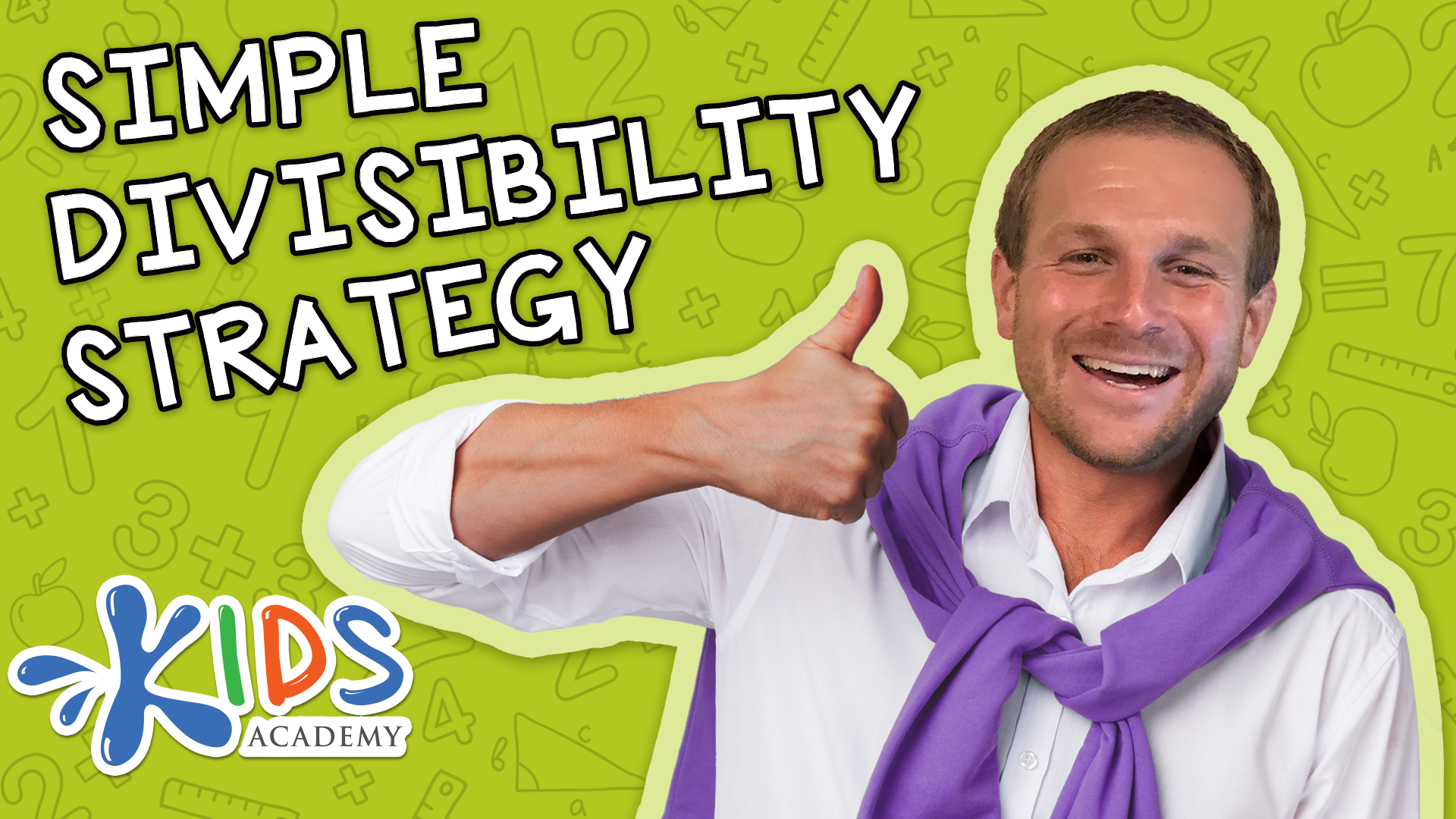Predicting movement Worksheets for Kids
1 filtered results
-
From - To
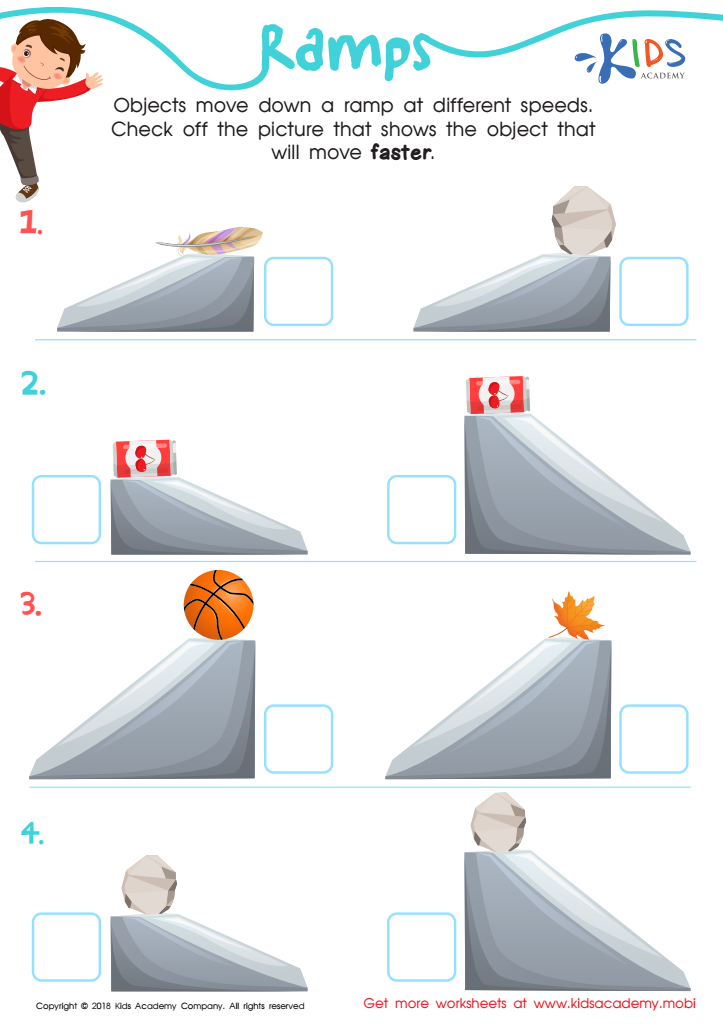

Ramps Worksheet
Question/Answer
Why is the Predicting movement skill important for Kindergarten students?
The Predicting movement skill is crucial for Kindergarten students because it helps develop their spatial awareness, coordination, and ability to anticipate and react to changes in their environment. This foundational skill enhances physical development, supports safe interaction with their surroundings, and lays the groundwork for successful participation in sports, playground activities, and daily tasks requiring motor skills.
What are some effective activities to train students’ Predicting movement skill when teaching them about Physical Science?
Effective activities to train students in predicting movement skill include conducting simple physics experiments that demonstrate Newton's laws of motion, using online simulations like PhET Interactive Simulations to visualize and predict the outcomes of various scenarios, and engaging in hands-on activities such as building and testing paper airplanes or small vehicles to understand and predict their motion based on design and forces applied.#$%
How to train the Predicting movement skill in Kindergarten students learning about Physical Science?
To train the Predicting Movement skill in Kindergarten students, engage them in simple, interactive experiments like rolling balls on different surfaces or watching objects float or sink in water. Ask them to predict the outcomes before each activity. Encourage discussion about why things moved the way they did, reinforcing the cause-and-effect relationship in physical interactions.
 Assign to the classroom
Assign to the classroom
